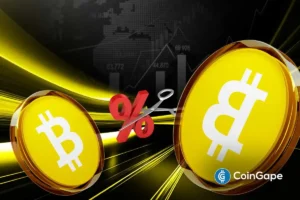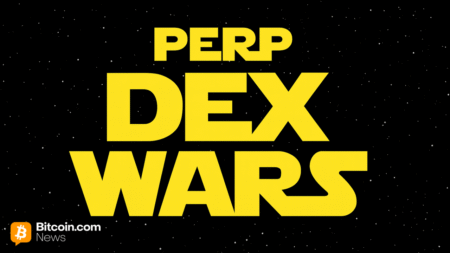Corporate Bitcoin Purchases: A Signal of Market Exhaustion?
In the ever-evolving landscape of cryptocurrency, few topics have generated as much debate and speculation as corporate Bitcoin purchases. Checkonchain founder Checkmatey notably highlighted the phenomenon of "zombie companies" engaging in Bitcoin accumulation as a significant indicator of market trends. He made this observation more than a year ago, partially in jest, suggesting that if companies like GameStop added Bitcoin to their treasury reserves, it might be a signal of impending market exhaustion. Given GameStop’s unique position as a meme-driven stock, its recent announcement to incorporate Bitcoin into its treasury could align with Checkmatey’s predictions, suggesting that speculative fervor often precedes peaks in Bitcoin’s price cycle.
GameStop’s strategic pivot towards Bitcoin is emblematic of a larger trend among corporate entities viewing cryptocurrency as an asset class. The meme-stock’s transformation into a cryptocurrency investor underscores the speculative nature of contemporary financial markets and raises questions about underlying business fundamentals. When companies previously dismissed as ‘zombie firms’—businesses that survive primarily due to speculation rather than sound financial performance—start to engage heavily with Bitcoin, it can signify a fraught transition into a new phase of market psychology. This behavior could indicate a fleeting sense of security and optimism, pointing to an eventual market peak characterized by unsustainable valuations.
Adding to the discourse, market commentator CryptoVizArt offered a cautionary perspective, drawing parallels to the role of MicroStrategy in the Bitcoin market. He predicts that the decline of MicroStrategy’s stock price could herald the onset of a bear market, potentially earlier than anticipated—perhaps as soon as Q2 2025. According to CryptoVizArt, companies like MicroStrategy are at risk of inciting significant sell-offs, reminiscent of events during the Luna collapse. His apprehension draws attention to the risks posed by companies whose valuations are not directly correlated with their core business metrics and how this could amplify market volatility.
Despite the alarming predictions, historical patterns of Bitcoin’s price trajectory suggest that we are still in the midst of a bullish cycle. Analysis of prior Bitcoin halving events indicates that market peaks typically occur around 540 days post-halving—an event anticipated in 2024. This historic data places the cycle peak around late 2025, specifically during September or October. However, the unpredictability of the current market trends raises important questions: is the earlier-than-expected price peak observed in January a temporary spike, or does it point to a shift in the overall market dynamic?
The assertion by Bitwise CIO that the well-established 4-year cycle for Bitcoin might be a thing of the past adds another layer of complexity to the discussion. If confirmed, this theory could suggest a new framework for understanding Bitcoin’s price movements, including an earlier-than-expected bear market peak. With rising speculation from corporate entities and the unpredictability inherent in the current market, many investors find themselves reassessing their strategies based on these evolving dynamics.
In conclusion, the interaction between corporate Bitcoin purchases and market trends embodies a carefully woven narrative of speculation, risk, and potential transformation. As Bitcoin continues to capture the attention of prominent investors and corporations, the implications of these actions may continue to ripple through financial markets. Whether these corporate strategies herald a new era of maturity or signify vulnerability and potential market exhaustion remains to be seen. As we advance through this cycle, investors and analysts alike must remain vigilant, ready to navigate the complex ebb and flow of the Bitcoin market landscape.
















